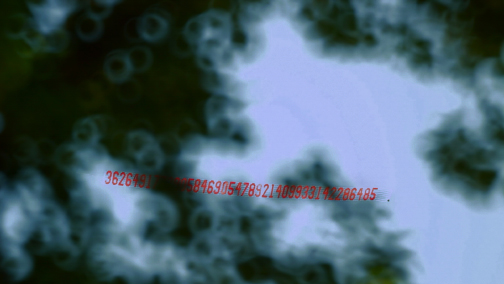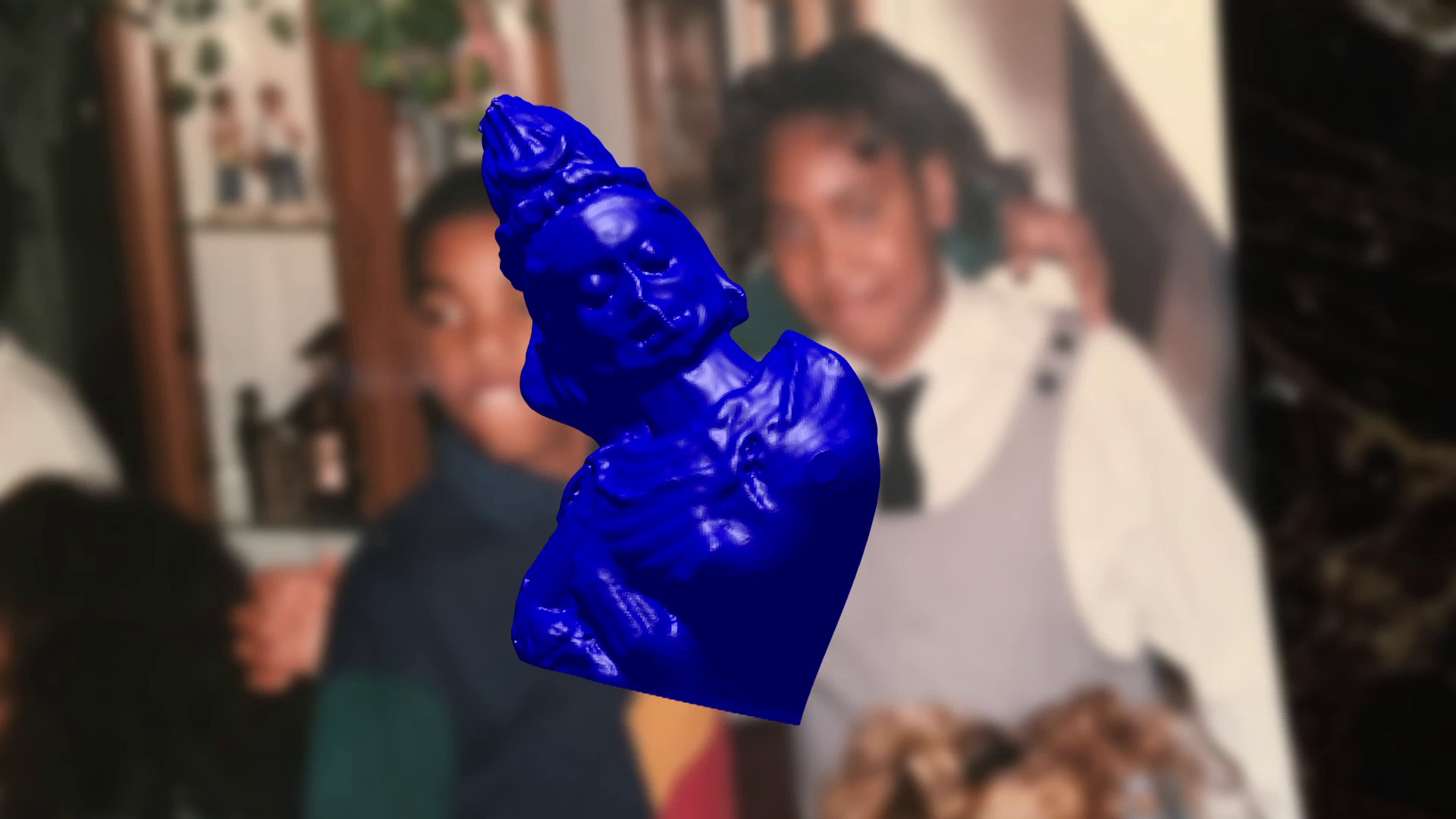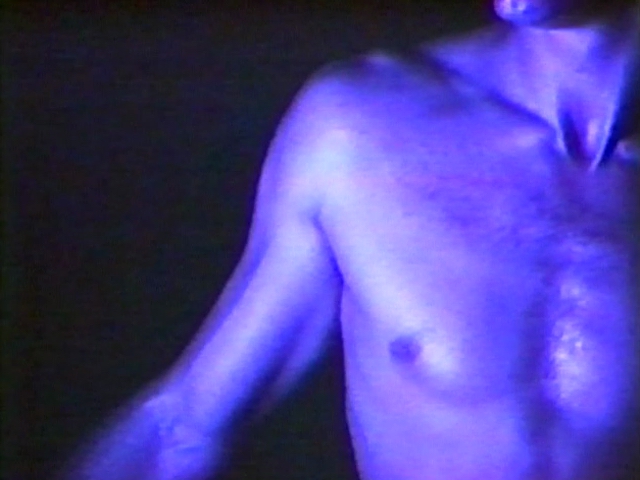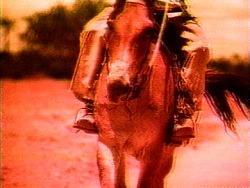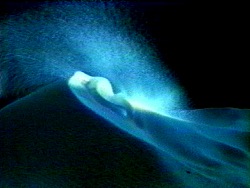Search Results
Search Results
Title Results
Your search returned 796 Titles
Invasive Species documents a peculiar request by phone, set against a beautiful day at Green-Wood Cemetery. The exchange explores multiple tangents, from parakeets to numerology, while the onscreen events turn bizarrely synchronous.
Loosely structured as a letter home, a "writer" explicates the longings, nostalgia and regrets that exile, even voluntary exile, produces. B. Ruby Rich, writing in The Village Voice, states, "A subtle answer to travelogue mentalities... turns the tables on the tourists in their native land and...
Celebrating the Hopi Tricentennial, Itam Hakim, Hopiit is a poetic visualization of Hopi philosophy and prophesy. The myths, religion, legends and history of the Hopi people, articulated through the ancient oral tradition, are translated by Masayesva to video. Speaking in the Hopi language, Ross...
ITSOFOMO (in the shadow of forward motion)
David Wojnarowicz and Ben Neill
1989, 22 min, color, sound
ITSOFOMO (in the shadow of forward motion) combines film clips seen throughout Wojnarowicz’s filmography, including footage of Beluga whales and other animals at the Coney Island Aquarium; Day of the Dead celebrations in Mexico City; ants crawling on a crucifix; and Wojnarowicz sewing his mouth closed in protest of public silence around AIDS in the United States.
ITSOFOMO (in the shadow of forward motion)
David Wojnarowicz and Ben Neill
1991/2018, 48 min, color, sound, four-channel installation
This version of ITSOFOMO (in the shadow of forward motion), synchs the original, single channel version across four channels. It features film clips seen throughout Wojnarowicz’s filmography, including footage of Beluga whales and other animals at the Coney Island Aquarium; Day of the Dead celebrations in Mexico City; ants crawling on a crucifix; and Wojnarowicz sewing his mouth closed in protest of public silence around AIDS in the United States.
Santos constructs a lyrical meditation on his native Brazilian landscape, its culture and its inhabitants. Santos pays tribute to two important historical figures from Brazilian cinema — Humberto Mauro and Mario Peixoto — and their films The Ox-cart and The Limit. Contemporary footage, recorded...
"I picked up Stan and Jane Brakhage at the airport and drove them to San Francisco State College where Stan spoke about his films to the student body. I was fascinated with Jane. She was so interested in the world around her while Stan seemed caught up only in his ideas. She picked seed pods from...
Japan in Paris in L.A. centers on Saeki Yuzo, an early 20th-century Japanese artist who makes a pilgrimage to Paris to seek his artistic fortunes, only to confront ethnic and cultural differences. Around this narrative, the Yonemotos construct a multi-layered and self-reflexive work that foregrounds strategies of disjunction and contradiction. Intercutting archival footage of turn-of-the-century Paris with mid-century Los Angeles, this work is a complex meditation on issues of Modernity, representation, ethnocentrism, and identity.
In Jembe, Jones transposes African visual motifs and image construction to the electronic medium. Vibrant images, rendered as abstracted electronic color and form, are fused with the dynamic music of Coulibaly Aboubacar. This vivid, impressionistic piece explores the development of codes based on...
